Question Mark Butterfly Facts
- Importantly, the Question Mark Butterfly remains one of the lesser-known Lepidoptera in its endemic range. Yet its distinct characteristics make it easily recognizable. It also ranks as one of the largest butterfly species within their range.
- That endemic range covers a large portion of North America, and individuals often travel extensively within that range. While it will utilize those trees available as hosts for the caterpillars, it does prefer certain species of trees.
- While many butterflies engage in long migrations, this insect does not do so. Typically, the migrations merely comprise relocating to dry and warmer areas within its range. It also migrates as individuals, as opposed to the mass migrations of related species.
- This butterfly differs also from the majority of its kind in matters relating to the life cycle. While most butterflies lay their eggs on the same plants they feed on, this species does not. The caterpillars feed on a variety of plants, yet not on the host plant.
Related Articles
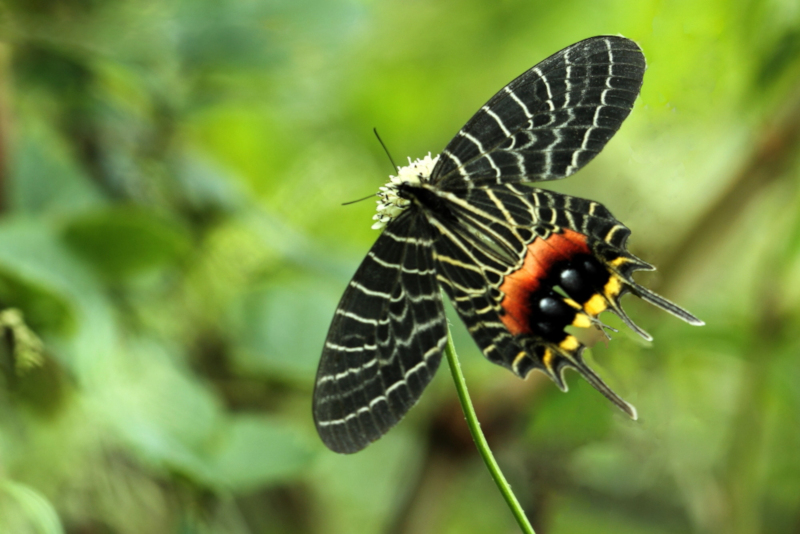
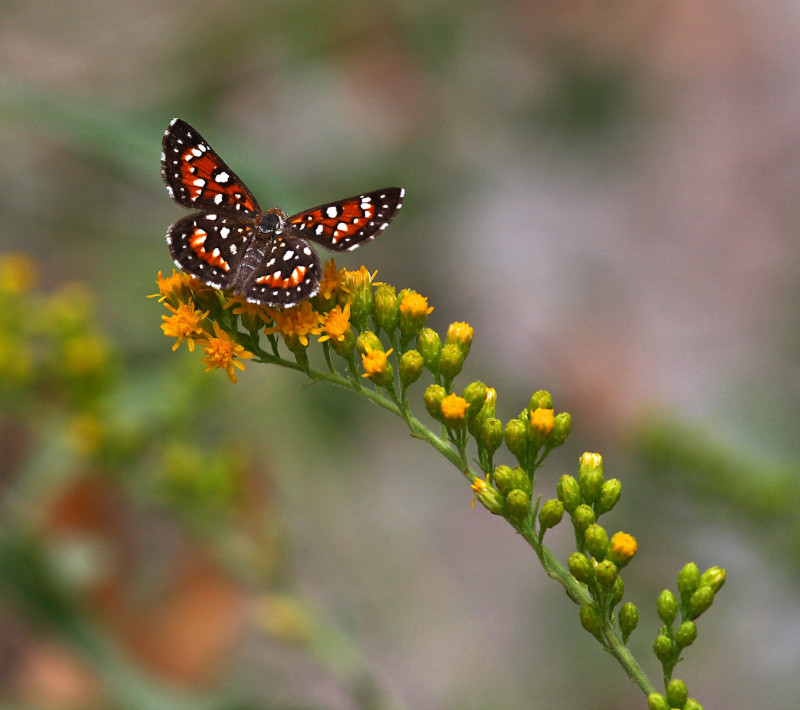
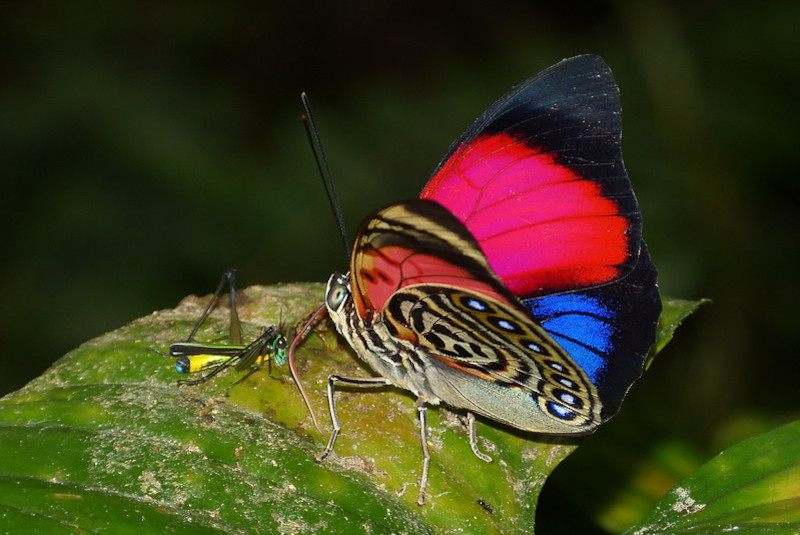
Question Mark Butterfly Physical Description
Entomologists consider the distinctively marked Question Mark Butterfly to be a rather moderately large species.
One of the most noteworthy facts about this insect remains what it does not possess. Unlike most butterflies or moths, it does not display sexual dimorphism. Both genders attain a wingspan of roughly 3 in (7.6 cm) and show the same markings.
The upper side of the forewing shows a reddish-orange color and black spots. In addition, it has a hooked shape. Yet the upper side of the hindwing primarily displays a black coloring. The underside of both wings remains light brown while displaying a bright white question mark-shaped spot in the center.
- Kingdom: Animalia
- Phylum: Arthropoda
- Class: Insecta
- Order: Lepidoptera
- Family: Nymphalidae
- Species: P. iterrogationis
Question Mark Butterfly, Habitat and Ecology
The beautiful Question Mark Butterfly has a rather broad habitat range for a species that does not migrate extensively. That range includes southern Canada, most of the eastern United States, and south to Arizona and northern Mexico. It principally inhabits forests with open spaces, parks, and even suburbs.
It possesses two life cycles per season, with the first flying, mating, and laying their eggs during the spring. The second cycle also repeats these activities beginning in August. The caterpillars usually hatch on one of six plant-specific plant species, yet do not feed on them.
Adults primarily feed on rotting fruit, carrion, tree sap, and dung. While these remain their favorites, they will also visit flowers such as aster and milkweed if necessary.
Beautiful and Little Known Lepidoptera

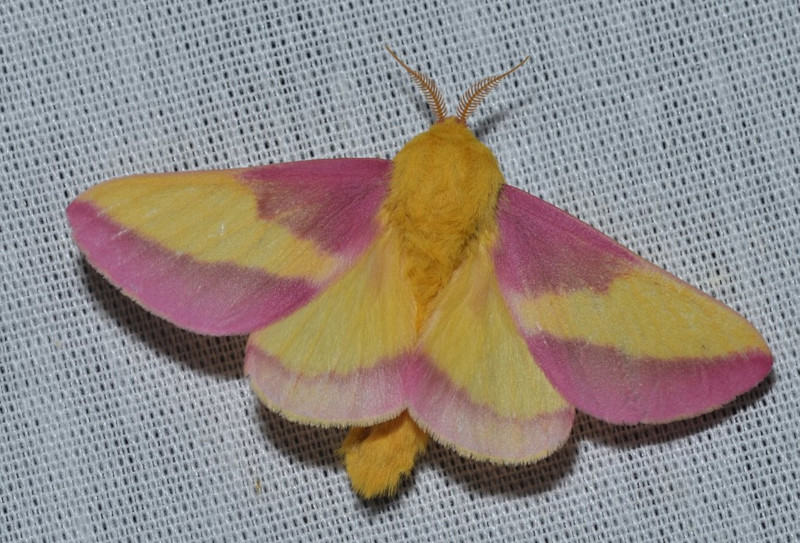
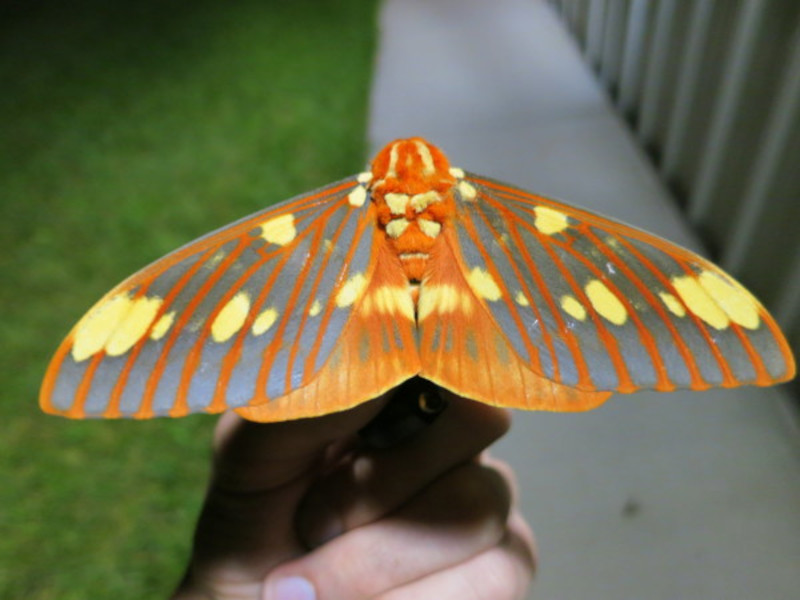
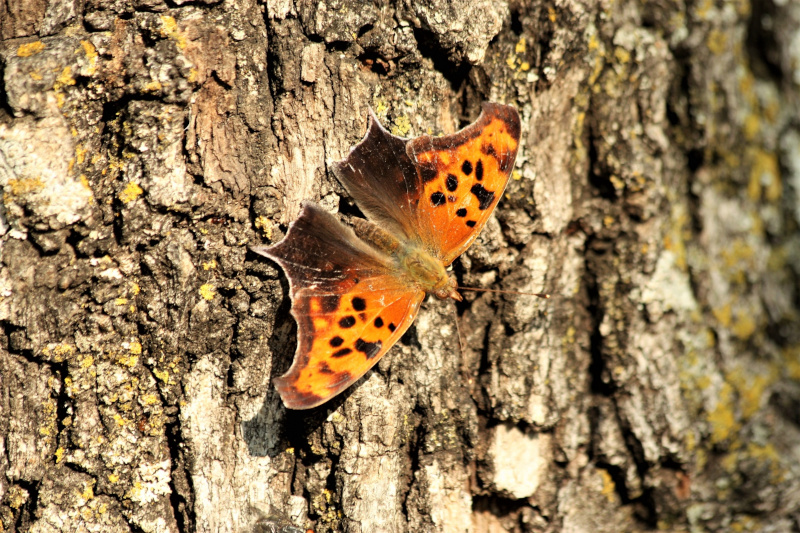
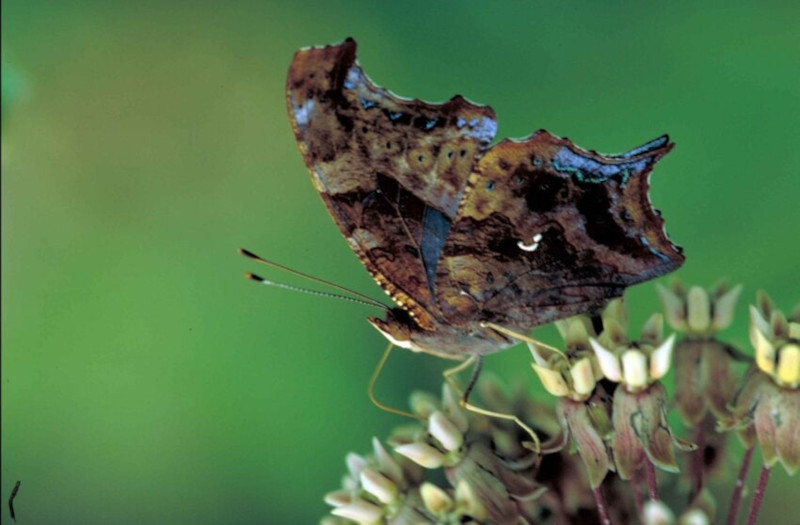
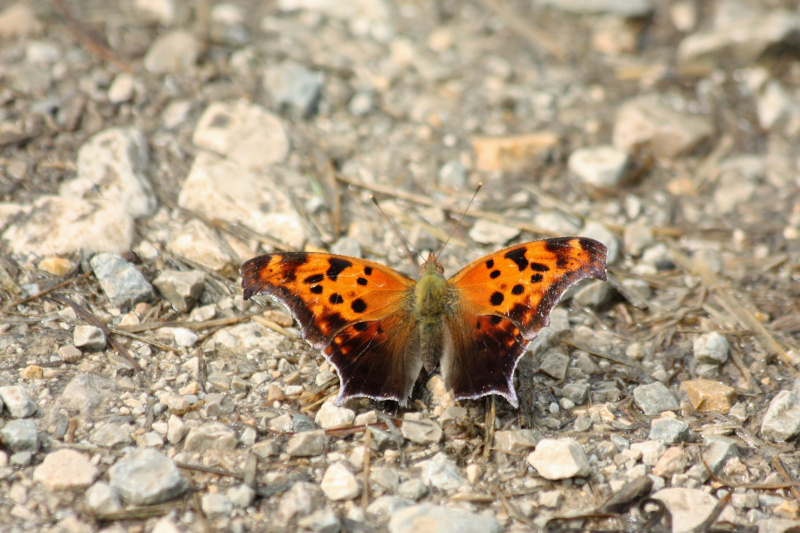









Hi. This may sound weird but I just found one of these drowning in a puddle after a bad storm. I picked it up and put it on my shirt to calm it down as it was flailing about at first and it stayed on my shirt the whole way home from my walk with my dog. I’m home now and it’s been an hour. I tried to let it outside on my balcony but it won’t leave my shirt. It’s still raining outside. I’m not sure if there’s something wrong with it or not so I have it in a box with a screen on top for the night. I have an old banana soon to be rotting it can eat for the time being. If I can’t get them to leave in the morning what should I do? Lol… I have a kind of weak spot for them. 😬
Hello KP,
That sounds like a wonderful experience with one of these lovely insects. Thank you for taking the time to try to care for it. I hope that it turned out well for the butterfly.
Todd
How long do they live?
Hi Lee,
Thanks for the question! Like most Lepidoptera, this species is short-lived. Typically, they live 1 year at most…usually less. In some regions, depending on environmental factors, there may be 2 generations per year.